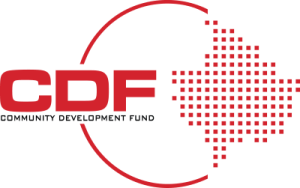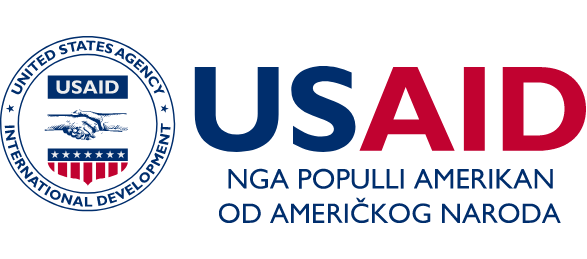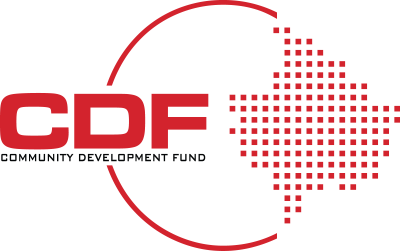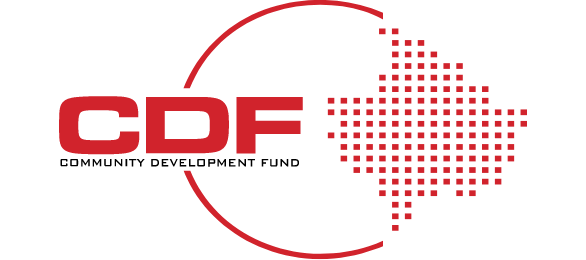In the intricate ecosystem of business, Intellectual Property (IP) assets often serve as the cornerstone of a company’s competitive advantage. For MSMEs operating in Kosovo’s rapidly evolving market, these intangible assets can be as valuable as any physical asset, if not more so. An intellectual property audit, therefore, emerges as an indispensable tool for strategic planning, risk management, and long-term sustainability. This comprehensive guide aims to elucidate the various facets of an IP audit, tailored to the unique demands and opportunities of Kosovo’s MSME landscape.
The Imperative of an IP Audit
Strategic Planning
An IP audit allows you to take stock of your intellectual assets, aligning them with your business strategy. For instance, identifying patents or trademarks that are integral to your core business can help you focus your resources more effectively.
Risk Management
Without a comprehensive understanding of your IP assets, you may inadvertently infringe upon others’ rights or overlook potential liabilities. An IP audit helps identify these risks upfront, allowing for preemptive measures.
Market Valuation
Your IP assets significantly contribute to your company’s market valuation. An audit provides a detailed inventory of these assets, which is invaluable during fundraising, mergers, or acquisitions.
The Audit Process: A Step-by-Step Guide
Identification of IP Assets
The first step involves enumerating all your intellectual assets. This could range from registered trademarks and patents to trade secrets and copyrights.
Example: If you run a SaaS company in Pristina, an IP audit could help you identify not just patented algorithms but also unregistered copyrights in your codebase.
Legal Status Verification
The second step is to determine the legal status of each identified asset. This includes checking the validity, ownership, and any existing or pending legal disputes related to the asset.
Valuation and Risk Assessment
The third step is to evaluate the commercial value and associated risks of each intellectual asset. This involves a multi-faceted analysis considering market demand, competitive landscape, and possible infringement risks.
Example: Suppose you operate a food processing unit in Kosovo, and you’ve developed an innovative organic preservation method. An IP audit could not only help you assess the patentability of this method but also its market value and any potential legal risks.
Documentation and Record-Keeping
The final step is to meticulously document the findings. This record serves as a strategic blueprint for managing and leveraging your intellectual assets.
Frequency of Audits
While one-time audits provide valuable insights, IP assets are dynamic. Therefore, regular audits, ideally annually or biennially, can help you adapt to market changes and new legal precedents.
In the burgeoning economic landscape of Kosovo, where MSMEs are pivotal players, conducting regular IP audits is not just good practice but a strategic necessity. These audits offer a structured approach to not only protect but also optimally leverage your intellectual assets. As you navigate Kosovo’s dynamic market, a comprehensive IP audit can serve as your strategic compass, guiding you through opportunities and pitfalls alike.








